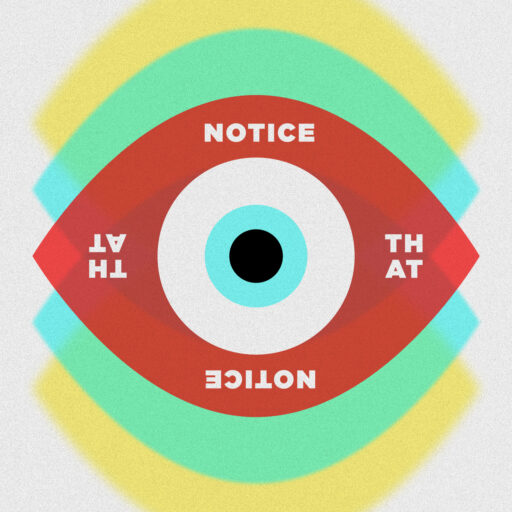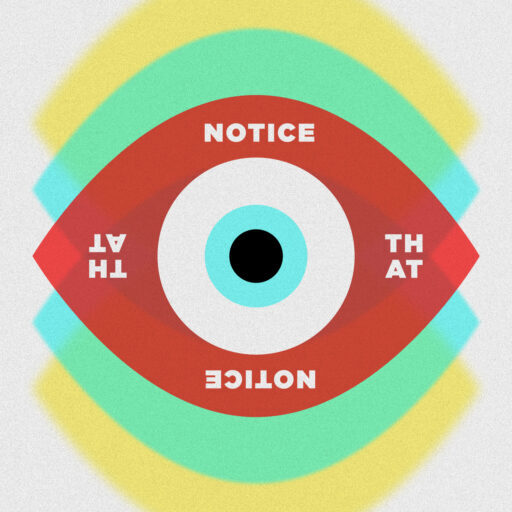Human as Organism and EMDR – Ep. 65

Listen to hear Melissa, Jen, and Bridger discuss what human as organism means and the value of with your clients on this week’s episode of Notice That.
Human as Organism
“We are rooted in a biological body with bones and cells, flesh and tissue, blood and heart rates, without that contextualization, we cannot hope to understand everything else that we’re looking at” (16:14).
- We’re not just a brain on a stick with various symptoms that originate from our thoughts and intellect.
- Contextualizing individuals in this way shows what it means to live a human existence and have human experiences
- All human experiences are a cyclical process between mental, biological, physiological, and spiritual processes.
- Therefore, to separate any of that dilutes our understanding to a point of futility.
- Additionally, we are not single humans roaming the earth, we belong to cultures.
- And you can’t fully understand an individual without looking at the context in which they experience life.
Client ‘Resistance’ from a Biological Perspective
- We are oriented around survival and homeostasis is crucial to our survival.
- Our selfhood is developed in order to be a stable reference point to help create homeostasis.
- Further, in order to interact with a chaotic environment, we have to have a stable self.
- And we are biologically committed to our selfhood staying the same.
- Obviously, this commitment can create difficulty in making therapeutic changes.
- To clarify, trait change is difficult because our biology conspires to not change.
- Because to change my selfhood means I have to change everything I know about the world
- Stated clearly, not changing allows the organism to maintain homeostasis, which ensures continued survival.
Human as Organism and Trauma
- Selfhood preservation for survival explains why trauma perpetuates trauma.
- First, the evolution of a person isn’t about new cells coming in, but rather a reshaping of what has been there since utero.
- This reshaping changes our DNA.
- Therefore, you are literally a different human after big events in your life.
- Traumatic memories are memories that we reference constantly as indicators of our worth, boundaries, being, etc.
- This is why these memories have the most profound influences on the shaping of an organism.
Human as Organism and Perpetuating Trauma
- There are many different systems in the body that are gathering information
- Remember, all these systems are shaped over time through experience.
- If you’re coming from a traumatic history, those systems are on high alert for potential threats.
- Then, your brain begins to integrate those ‘threats’ into the rest of its parts.
- To clarify, when your sensory systems are shaped through traumatic experiences,
- The stimuli that are coming through afferentation (coming into the brain) have already been classified as traumatic.
- This can occur regardless of whether the stimuli are actually threatening.
- Further, experiences myelinate those behavioral pathways, making them more likely to occur in the future.
Human as Organism and EMDR
“I think part of why EMDR is as effective as it is, is because it does a good job of holding that maco universal framework of what it’s like for a human being to go through experiences like this, but then leaves so much room for individual expression of and response to that” (36:38).
- Rather than starting with history taking, allow the body to communicate what happened and what it needs.
- This can be done through quality preparation. (Check out Episode 55 for more details on Resourcing!)
- Start by paying attention to the body and integrating it into the lived experience of the human.
- From here, you can move on to assessment and reprocessing.
- Rather than giving all your attention to the story told with words,
- Notice what’s happening in their body, what shows up in the room, and what you sense intuitively.
Resources Mentioned
- Frontiers – open access journal
- The feeling of what happens by A. Damasio
Need more content?
- First, listen to our past episodes of NT here
- Then, check out more Beyond Healing podcasts
- Evidence Based Therapist – research articles related to therapeutic topics
- Beyond Healing – geared towards clients
- Burnt Out Educator (coming soon!)
Resource Links
- Don’t forget to visit our website for all things BHC
- Additionally, consider giving your support and gain access to exclusive content through Patreon
- Interested in healing with BHC? Contact us about retreats and therapy
- Lastly, contact us about training and consultation






